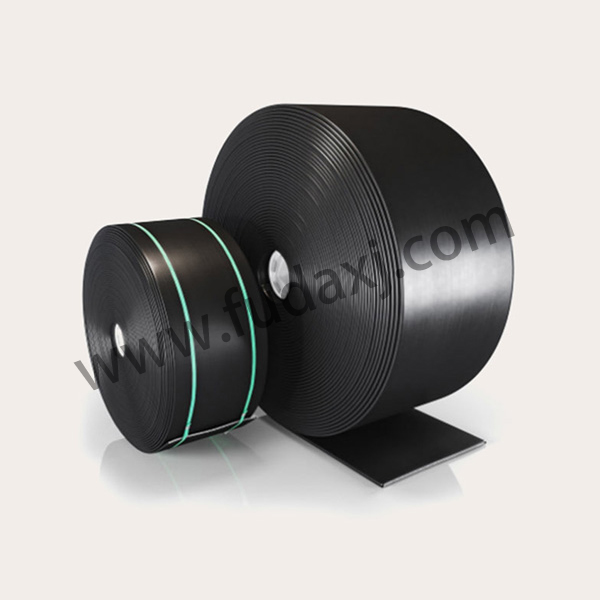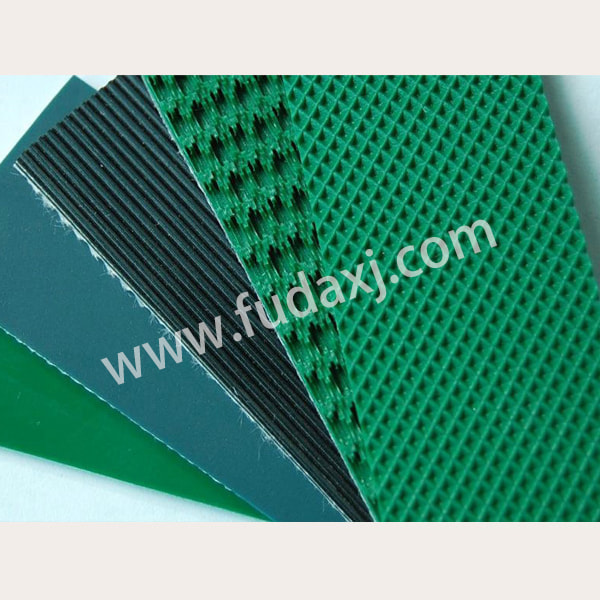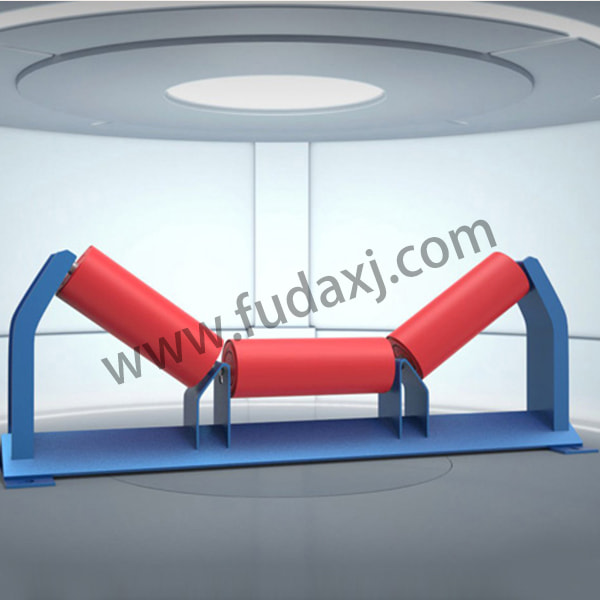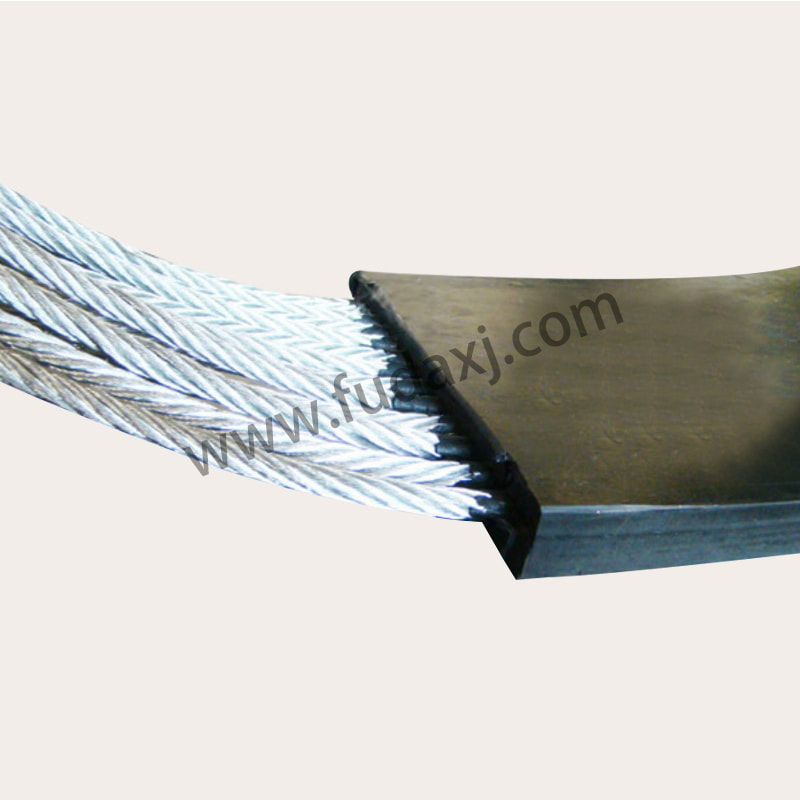
Heat: Increasing the working temperature can cause the thermal cracking or thermal cross-linking of rubber. But the basic function of heat is still activation. It is a common practice to increase the rate of oxygen diffusion development and activation oxidation reaction, thereby accelerating the rate of rubber oxidation reaction. The problem is that there is such an aging phenomenon, thermal oxygen aging.
Ozone: The chemical reaction activity of ozone is much higher than that of oxygen, and the destructive effect is greater. It also breaks the molecular chain, but the research on the effect of ozone on rubber varies with the development of rubber deformation. When the deformed rubber is mainly through unsaturated rubber), cracks that can be perpendicular to the stress and the direction appear, that is, when the so-called ozone crack acts on the deformed rubber, only an oxide film is formed on the surface without cracking.
Mechanical stress: Under the repeated action of the mechanical stress of the conveyor belt and the occasional friction process with the roller, the rubber molecular chain will be broken to form free radicals, leading to the oxidation chain reaction and forming a mechanochemical process. The oxidation process of mechanical rupture and mechanical activation of molecular chains. It depends on the conditions in which it is located. In addition, it is easy to cause ozone cracking under stress.

Water: The role of water, two sides: Rubber is easily damaged when it is rained in humid air or soaked in water. This is because the water-soluble substances and clear water groups in rubber are extracted and dissolved by water. Due to hydrolysis or absorption, especially due to immersion in water and exposure to the atmosphere, this will accelerate the destruction of rubber. However, in some cases, water has no destructive effect on rubber, and even delays aging.
Oxygen: Oxygen undergoes a free radical chain reaction with the rubber in the molecular structure of the rubber, and the molecular chain is broken or excessively cross-linked, causing changes in the properties of rubber materials in China. Oxidation is one of the important causes of rubber aging.
Others: There are some chemical reaction media, variable valence metal ions, high-energy radiation, electricity and biology in the research on the influencing factors of rubber.

 English
English 简体中文
简体中文 Español
Español عرب
عرب
 English
English




 Fax: 0086-576-83019528
Fax: 0086-576-83019528